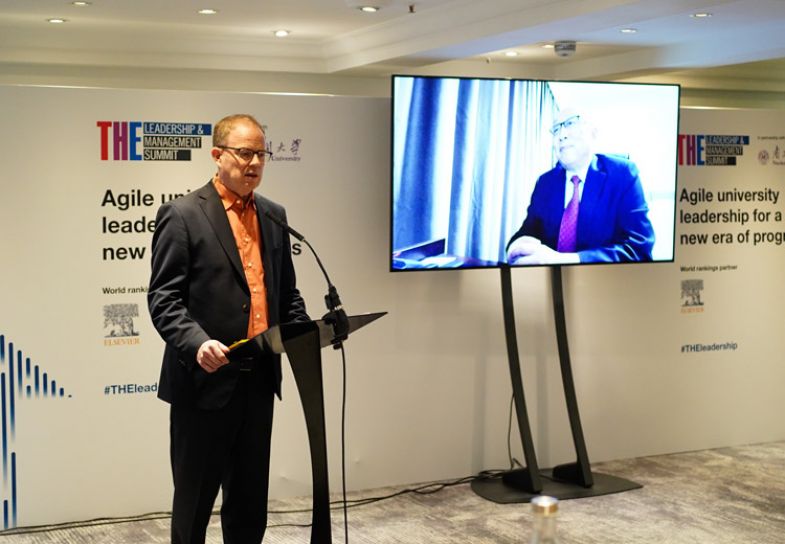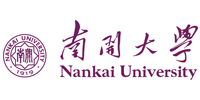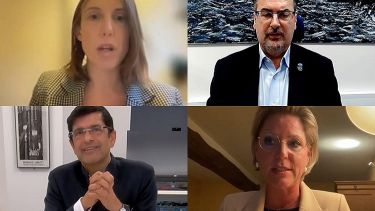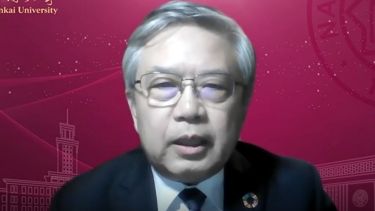
Culture and political systems can have a profound effect on how universities in different countries set strategies and attract talent
Working across universities in three countries has given Wei Zhao, chair professor at the Chinese Academy of Sciences, a unique perspective on higher education leadership. During a recent session at the 2022 THE Leadership and Management Summit, Zhao joined Nick Fowler, chief academic officer at Elsevier, to discuss approaches across the countries where Zhao has been a senior academic leader: China, the US and the UAE.
Zhao’s career has included spells at Texas A&M University, Rensselaer Polytechnic Institute, the University of Macau, the American University of Sharjah and the Shenzhen Institute of Advanced Technology. These institutions are of various ages, sizes, rankings and specialisms. Zhao’s role at each was similarly varied, encompassing positions as an associate professor, president, rector and vice-president for research.
“The prevailing culture in each of the countries where I have worked has always been different,” Zhao said. “In setting strategic objectives, different cultures and political systems can have a huge impact. Every nation views education as being important, but the return on investment [ROI] in this area is variable.”
Some countries take more of a top-down approach in setting strategic objectives, while in others dialogue with faculty members was more of a focus. “The question behind the chosen approach is: who really owns the university?” Zhao asked. “Different cultures will have different answers to this question.”
Different institutions also have different definitions of ROI. “For example, when I worked in Macau, I was asked what the return was on the research funding I received,” Zhao said. “There were expectations around the number of patents granted or the businesses founded as a result of our research. But these financial metrics are only one type of return. ROI for research education is necessarily long term.”
Every university has its own values. Institutions use different operating models to draw these out and prioritise them. “Incentives can involve salaries, bonuses or job security,” Zhao said. “In the US, for example, there is a tenure system. In the UAE, this isn’t the case, where rolling contracts are common. It is also important to determine how you evaluate faculty members and what sort of incentives they should receive. This can be decided by various metrics.”
At the same time, there are cultural differences in how institutions attract, develop and retain talent. Diverse incentives can create challenges when sourcing talent from other regions. “I believe that even the definition of talent may be different from region to region,” Zhao said. “In some institutions, individuals are valued more for being well rounded, and in others for being specialised in a particular field – regardless of how niche.”
Attracting talent depends on who has the power at an institution. “In US institutions, the final say usually occurs at a lower level – say, the department,” Zhao said. “In China or the UAE, decisions over talent usually reside with the dean or even higher. This has a huge impact on the institutions’ make-up.”








